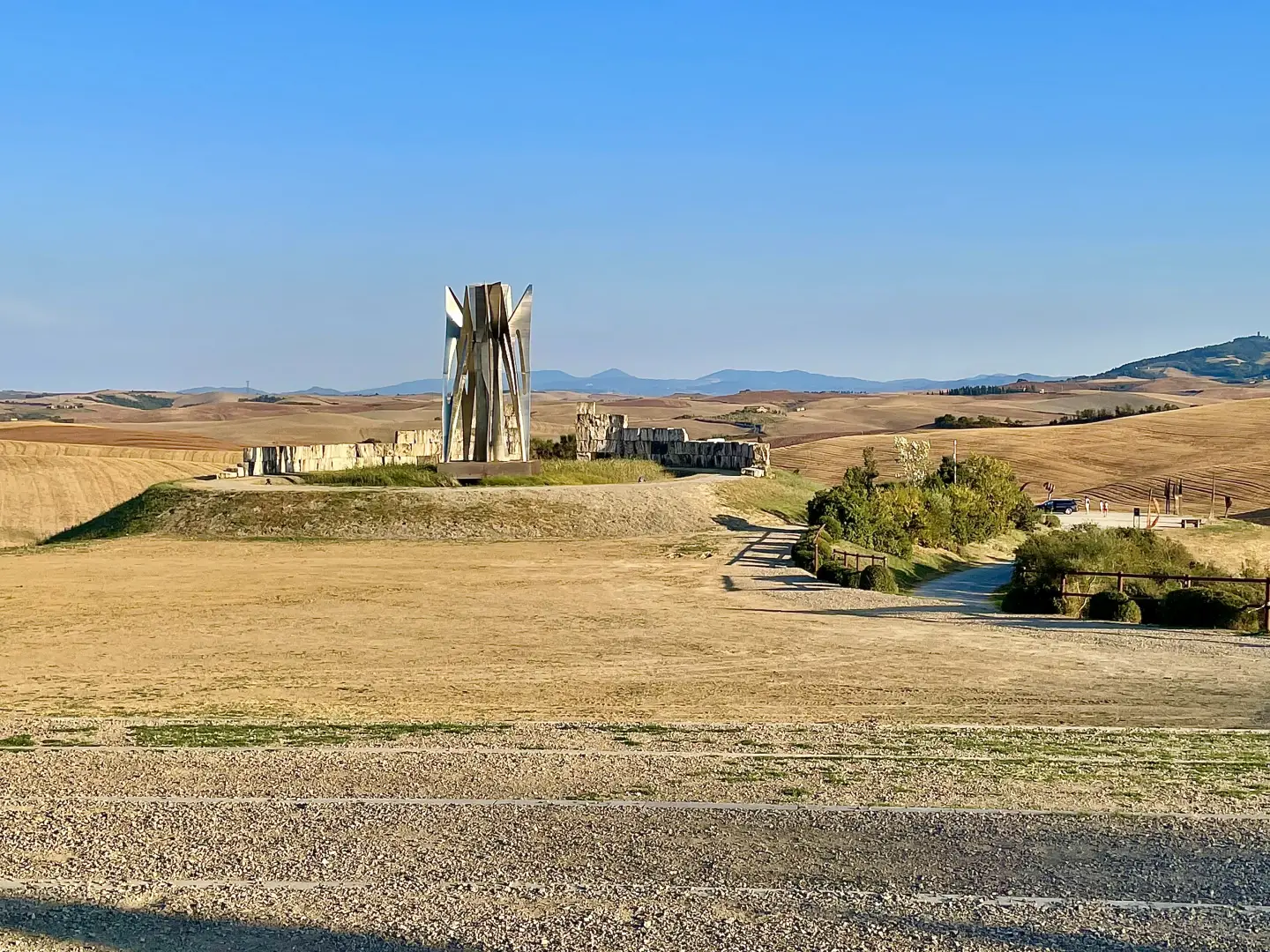Lajatico

Introduction
Located on the gentle hills of Valdera, Tuscany, Lajatico is a small village in the province of Pisa that preserves intact the charm of the Tuscan countryside. The village is located in a hilly setting overlooking the Era river valley, offering panoramic views of the surrounding countryside, among cultivated fields, rows of cypress trees and ancient parish churches. Its origins date back to Etruscan-Roman times, but it was in the Middle Ages that the village assumed strategic and administrative importance. In recent decades, Lajatico has gained international notoriety thanks to the Teatro del Silenzio, a natural amphitheatre designed by the tenor Andrea Bocelli, a native of the place, which hosts a unique concert every year in the Tuscan landscape. This has made Lajatico a cultural and tourist destination of excellence, while maintaining its authentic and reserved character.
Description
The territory of Lajatico extends over a hilly area between 100 and 350 metres above sea level, characterised by a typically Tuscan agricultural landscape, with extensive cultivation of cereals, olive groves and vineyards. The dominant element is nature, which manifests itself here in harmonious and never too wild forms. The valley of the Era river laps the municipality to the south-east, while to the north the hills gradually rise towards Volterra. The territory is punctuated by farms, rural villas and small hamlets such as Orciatico, a well-preserved medieval village known for its windmills and astronomical observatory.
Historically speaking, Lajatico was an important castle as early as the 12th century, disputed between the cities of Pisa and Volterra. In medieval times it belonged to the Pannocchieschi family, then came under Florentine rule. Some traces of the ancient fortifications and the compact urban layout of the historic centre remain visible. The Palazzo Comunale, formerly a noble residence, still retains architectural elements of the period. Also noteworthy is the Church of San Leonardo, of Romanesque origin, later remodelled.
Lajatico's economy has maintained a predominantly agricultural vocation for centuries, now flanked by a fast-growing tourist-cultural sector. The influence of Andrea Bocelli has brought visibility and visitors, generating an induced activity linked to hospitality, catering and events. The production of extra virgin olive oil, wine and local cheeses represents an important added value, often linked to small family businesses. The area is also appreciated by artists and craftsmen who find inspiration and tranquillity in these hills.
The local culture is strongly linked to rural traditions, but is distinguished by a surprising openness to the arts. The landmark event is undoubtedly the Theatre of Silence, an open-air amphitheatre immersed in the landscape, which for 364 days a year remains 'silent' and only comes to life for the summer concert, which attracts spectators from all over the world. Festivals and popular festivals also take place in the summer, including the Festival of San Leonardo, the patron saint of the town, with religious celebrations, music and gastronomy.
Lajatico is an ideal starting point for exploring less-travelled Tuscany, far from the more intense tourist flows. The paths winding through the hills allow for walks, horse riding and cycling, with spectacular views of Volterra, the Apuan Alps and even the sea on clear days. Near Orciatico, the Municipal Astronomical Observatory allows evenings of sky observation and guided tours. The partially restored ruins of the windmills offer an interesting cultural and scenic itinerary. Photography enthusiasts will find in Lajatico a unique setting for sunrise or sunset shots, amidst agricultural geometries and silent villages.